By Michael Bober
Last month’s third annual GameCon event was the biggest one yet, reaching a peak attendance of 175—a 60 percent increase over the last two years.
But for those who haven’t heard of GameCon, what’s it all about? According to the founder and coordinator of the event, Adam Gwozdz, “GameCon was the third iteration of [Information Technology’s] LAN party, which is a videogame party geared mostly towards computers.”
Yet in addition to the PC gaming, there were also console tournaments co-hosted by the Anime Club. “The goal is to put everyone together on a high-speed internet switch in the Hammond building, so that there’s no latency and you get a good multiplayer experience,” Gwozdz explained. “And, we give away a whole lot of prizes.”

Gwozdz started GameCon in 2008, after getting the idea from a coworker. “There was a gentleman by the name of Joel Hidenfelter, who had done a LAN [Local Area Network] party before I got here. He put the idea in my head, and we took it from there.”
This year, the PC tournament games were chosen democratically, via a poll on the new GameCon website (falcon.fsc.edu/gamecon), “which was crafted by a buddy of mine, Jeff Nixon,” Gwozdz said. This year the PC selections were Team Fortress 2 and Starcraft. Gwozdz noted that the 12-year old Starcraft was in high demand last year, but wasn’t an option. In addition to the PC tournaments, the console games played Street Fighter IV, Super Smash Bros. Brawl, and Mario Kart Wii. 
The event went fairly smoothly, although as has been the custom for the last two events, there was one major bump. About 30 minutes before GameCon 2010 began, there was a brief power outage, which consequently interrupted network access. Fortunately, everything was restored well before the first tournament at 7 p.m., a relief compared to last year’s mini-fiasco, when the Steam server (on which TF2 is hosted) unexpectedly went down just as a tournament was about to begin.

About 175 people attended this year’s event, a significant increase from the last two years, each of which peaked at about 115. “We actually ran out of room at the PC tables for a period of time,” Gwozdz stated. Mr. Workman, who oversaw the TF2 tournament, speculated the bump in attendance may have been related to the day chosen for the event – Wednesday as opposed to a Friday, on which the last two GameCons have been held. “If GameCon continues this way I could see almost half the school showing up in a few years,” said Drew Russell, a participant who is also eyeing the event-coordinator position for next year.
Indeed, the future of GameCon is uncertain as Gwozdz will be graduating in May. Workman said that he would be interested in creating a similar event, but one that was open to the public. “I’d love to see us go and advertise this locally, and make it a LAN at the college, and not just the college’s LAN. It’d actually be a great way to promote the college – like, ‘Hey, we’re cool, we’re hip.’”

But as for who will run next year’s incarnation of GameCon, Gwozdz states he has been in talks with Drew Russell, a junior and “an active participant of three years.” Gwozdz described him as “just the man to take up the reins.” Russell said he would like to retain Gwozdz as an advisor, and that in the future he would “definitely like to see a bigger environment,” noting the trend of increasing attendance.
In fact, if attendance does continue to rise, space constraints could present a problem for the event. “There’s talk of moving to two floors, or to a larger venue such as the Rec Center,” Workman stated.
However, Aillyn Kulick, who handled registration for the TF2 and Street Fighter tournaments, pointed out that the former option would be “dividing our audience,” and that the latter option is simply too remote. “The problem with the Rec Center is that there are so many people at GameCon that are literally, ‘Oh, I forgot my mouse. Let me run back to my room and get it.’” Kulick feels that the current location (the Hammond main lounge) is adequate for the time being, and could “fit another 100 people, easily.”

Rising participation is an indication of the rise of videogaming in America. According to a 2009 report by the market-research firm NPD Group, 55 percent of the American population plays videogames – fully 169.9 million men and women. And contrary to what one might think, a 2008 Entertainment Software Association study shows that more than a third of gamers are women.
GameCon is more relevant than ever to FSC students, and not just to hardcore gamers. Drew Russell stated that next year he hopes to see “more variety for the ‘casual’ gamers of Fitchburg State College,” mentioning such games as Guitar Hero and Modern Warfare 2, the latter of which had been widely requested for GameCon 2010.
Appropriately, the console games included at this year’s event were geared to such casual gamers, and were donated for the night by members of the Anime Club. Besides booths dedicated to Dance Dance Revolution and Super Mario Bros. Wii, the Super Smash Bros. Brawl and Mario Kart Wii tournaments were a major success. Jared Cyhowski, who oversaw the console gaming, said that the Brawl tournament was a big success, attracting over 30 contestants. Cyhowski also said that while the Mario Kart tournament did well, it had to be shortened due to the unexpected length of the Brawl tournament. Consequently, he stated, the setup would need to be revised for next year.


The PC tournaments, Team Fortress 2 and Starcraft, were managed by Jacob Workman and Frank Thomas, respectively. While Workman thought the TF2 tournament went “really well,” Thomas felt the Starcraft tournament “could have gone better,” partly because of the game’s age but also due to issues with LAN lag. He pointed out that as the game’s long-awaited sequel will be released sometime this year, they will be using it for GameCon 2011. Interestingly, LAN play as a feature has been removed from Starcraft II, much to some gamers’ chagrin.

Perhaps the surprise hit of the night was the Street Fighter IV tournament. “It was phenomenal,” exclaimed Kyle Goines, who ran the SFIV tourney. “By the end of the night we had all but, like, eight people all around us watching the last three games.” Curiously, the tournament utilized large “fight sticks” rather than typical controllers, which are large gamepads that replicate the arcade machine experience. “There are some moves that can’t be performed on a controller, because of a lot of them have to do with click-timing,” Goines said. He stated that the fight sticks were tournament editions, the sort one would find at professional matches.

In addition to $150 worth of soda, $225 was spent on food provided by Campus Pizza. Pizza was delivered in two batches, about an hour apart, all rapidly consumed by the participants. Towards the end of the night, a “surprise” delivery was made, which Workman revealed was paid out-of-pocket by event supervisor Sherry Horeanopoulos. The last delivery, $50 worth, was gone within minutes. Kulick noted there had been talk of personally serving out food next year, to discourage ‘all-you-can eaters.’ Food and drink were funded largely by the VP of Finance (Sheila Sykes), IT Services, and Housing and Residential Services.

As with last year’s GameCon, music was provided by WXPL’s Brandon Menninger, who Aillyn Kulick stated had a “good selection of music.” Goines praised Menninger for being highly cooperative with GameCon staff; for example, allowing for special requests, and also turning the music down during the TF2 tournament, enabling players to hear important details such as footsteps. “Headphones were necessary, of course, but he did his best,” Goines said.

Mr. Menninger said that he “start[s] by making a playlist that will ride out the whole evening,” but he says he remains flexible. “The atmosphere is almost solely my responsibility. I need to make sure that people are happy even when they’re losing, and that they view the situation as a friendly, fun competition. My original playlist aims to create such an atmosphere, but as the evening wears on the mood changes and people need to keep their energy levels high. I need to be able to change what’s coming next for what’s going on now.” Mr. Menninger said that adapting is easy, thanks to special requests—Mr. Menninger reports he “must get at least 50 requests in an evening,” which help him to know what people want. Besides the occasional “slow, quiet folk song,” Brandon is happy to oblige requests with his music library “exceeding 19,000 songs.”
Every GameCon attendee was entered into drawings for various prizes, which were announced throughout the night. Prize packages were also given to the tourney champions—Peter Brown for TF2, Mohamed El-Darwish for Starcraft, Alejandro Desrosiers for SFIV, Alishia Martel for Mario Kart, and Eric Phennicie for Brawl. Mr. Gwozdz said a lot of the prizes were donated from “contractors that IT does work through, who were more than willing to give us some extra stuff on the side because we do a lot of work with them.” According to the GameCon website, there were 11 non-FSC sponsors (Nintendo, AT&T, Petroglyph) and eight FSC sponsors, including Chartwells, which donated “lots of ice for drinks.”
All in all, GameCon 2010 seems to have been a major success. As Jared Cyhowski commented, “what’s really great about GameCon is how it brings PC and console gamers together. Plus, it’s a free event with prizes and food and drink.” A gamer couldn’t ask for more.

*All photos provided by Ethan Hansen and available online at http://falcon.fsc.edu/gamecon/pics.html, along with nearly 300 more.
Categories:
GameCon draws a crowd
April 29, 2010
1
0
More to Discover


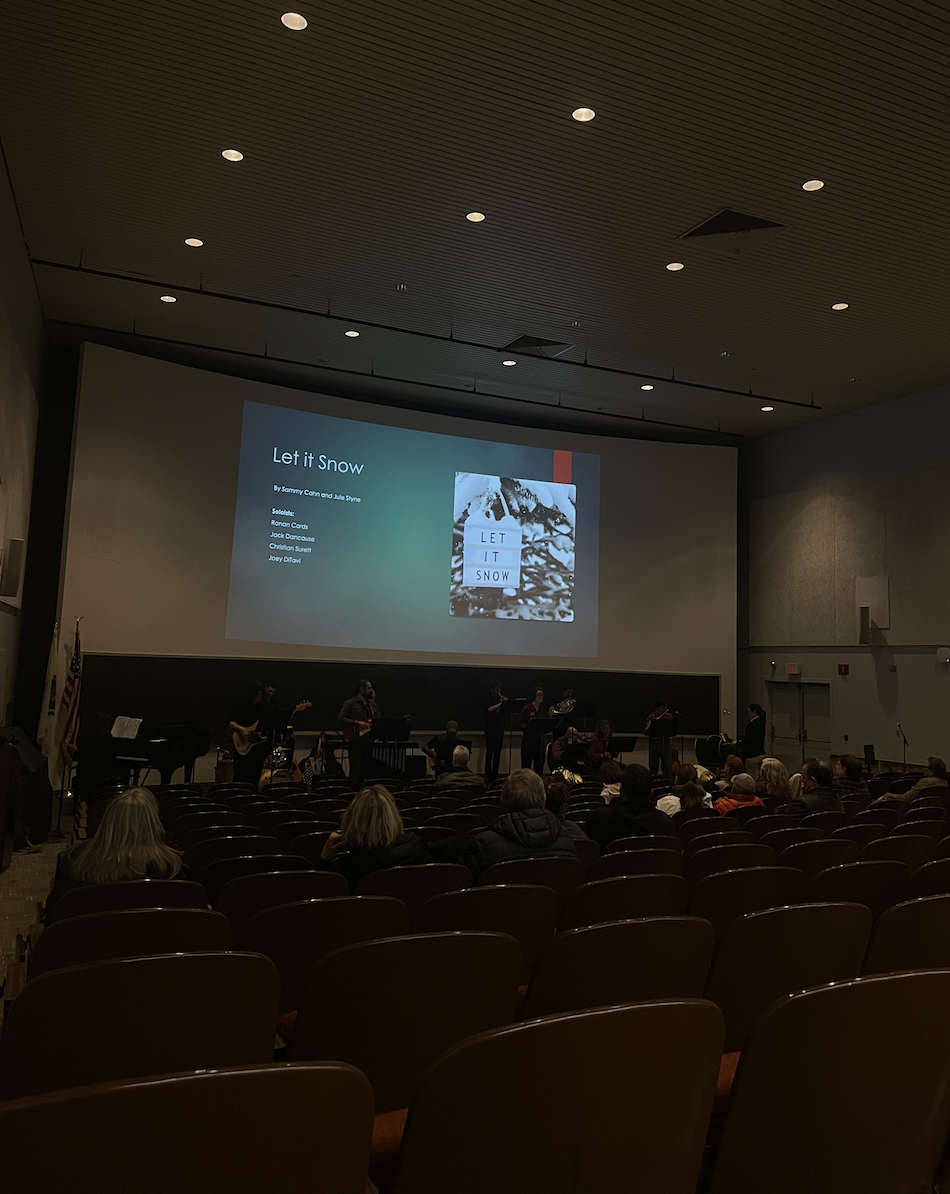
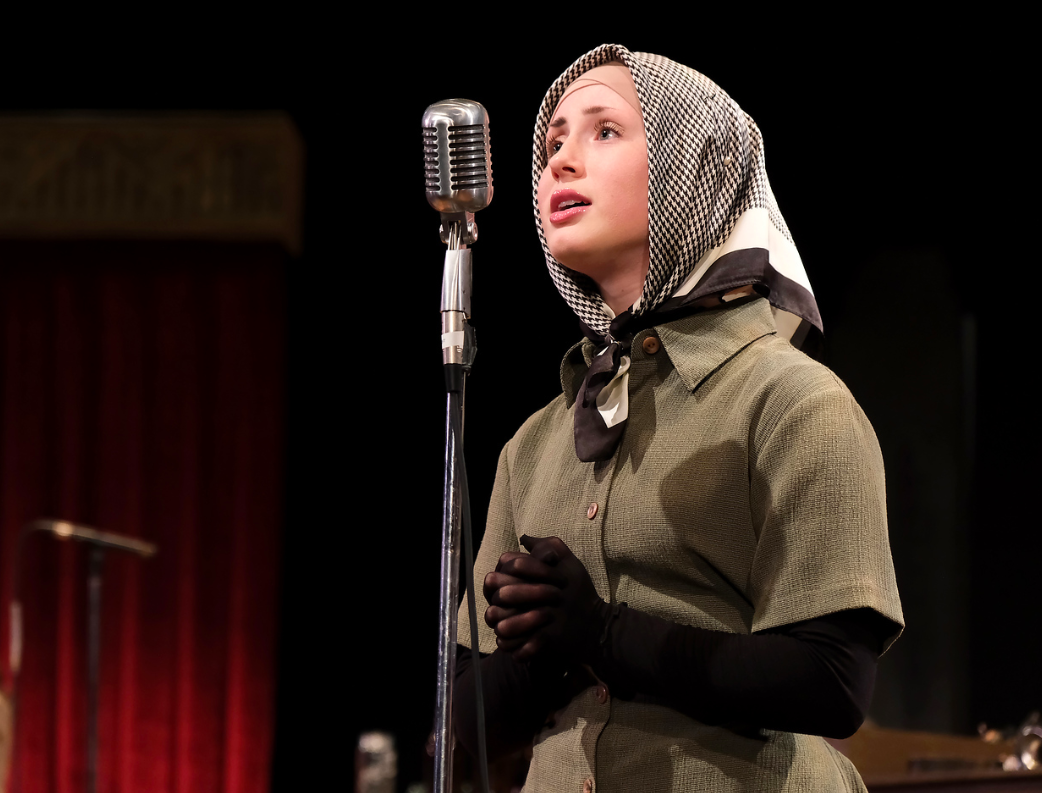
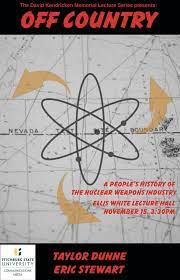
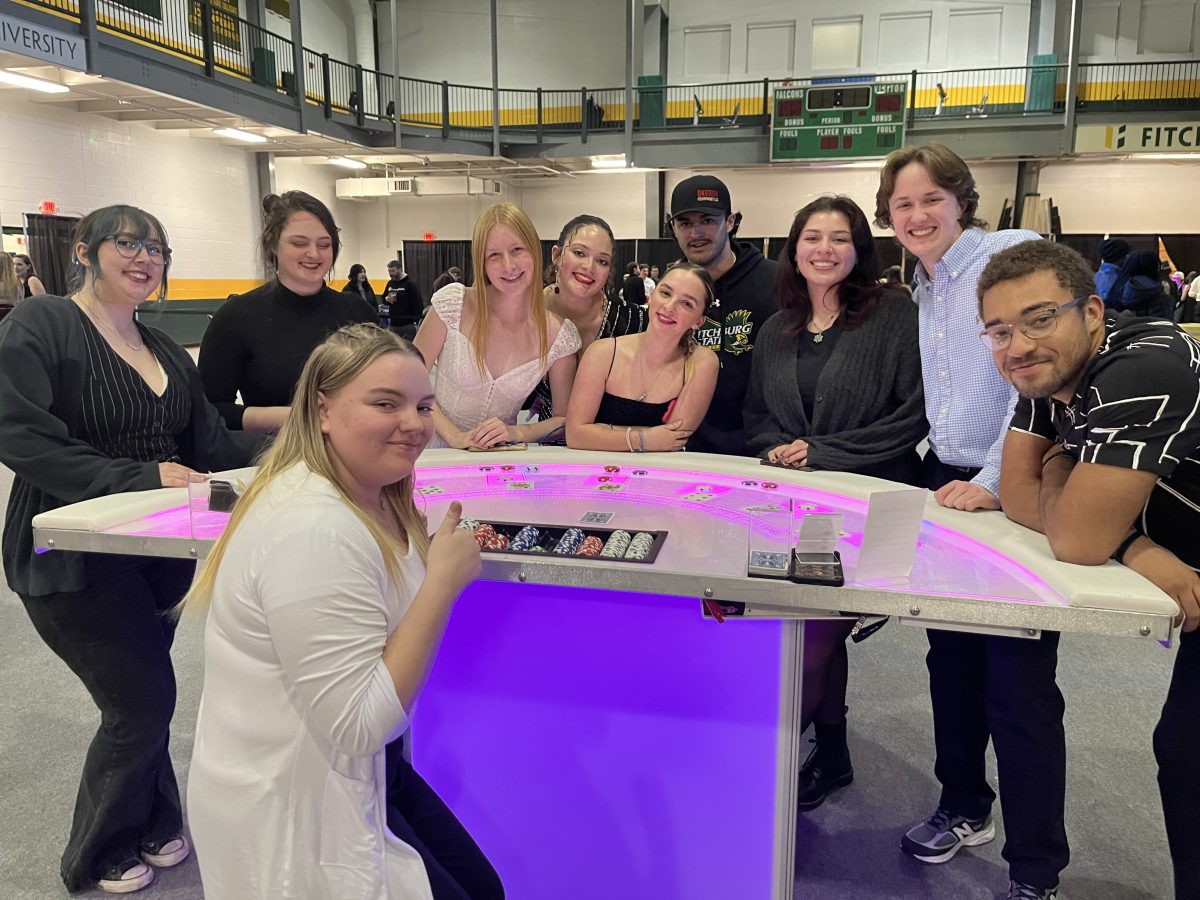
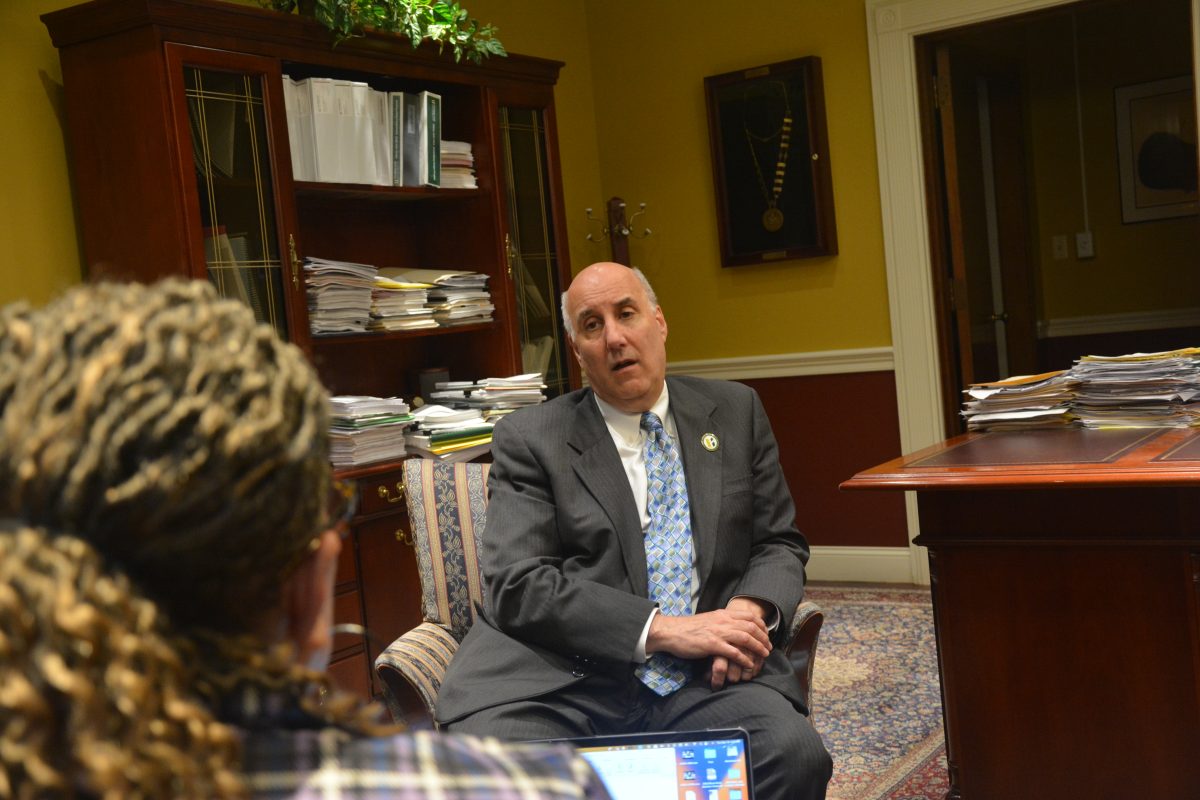
Son Kube • Jan 20, 2011 at 2:24 pm
Thank you very much for the article, I even learned a lot from it. Really quality content on this site. Always looking forward to new post.